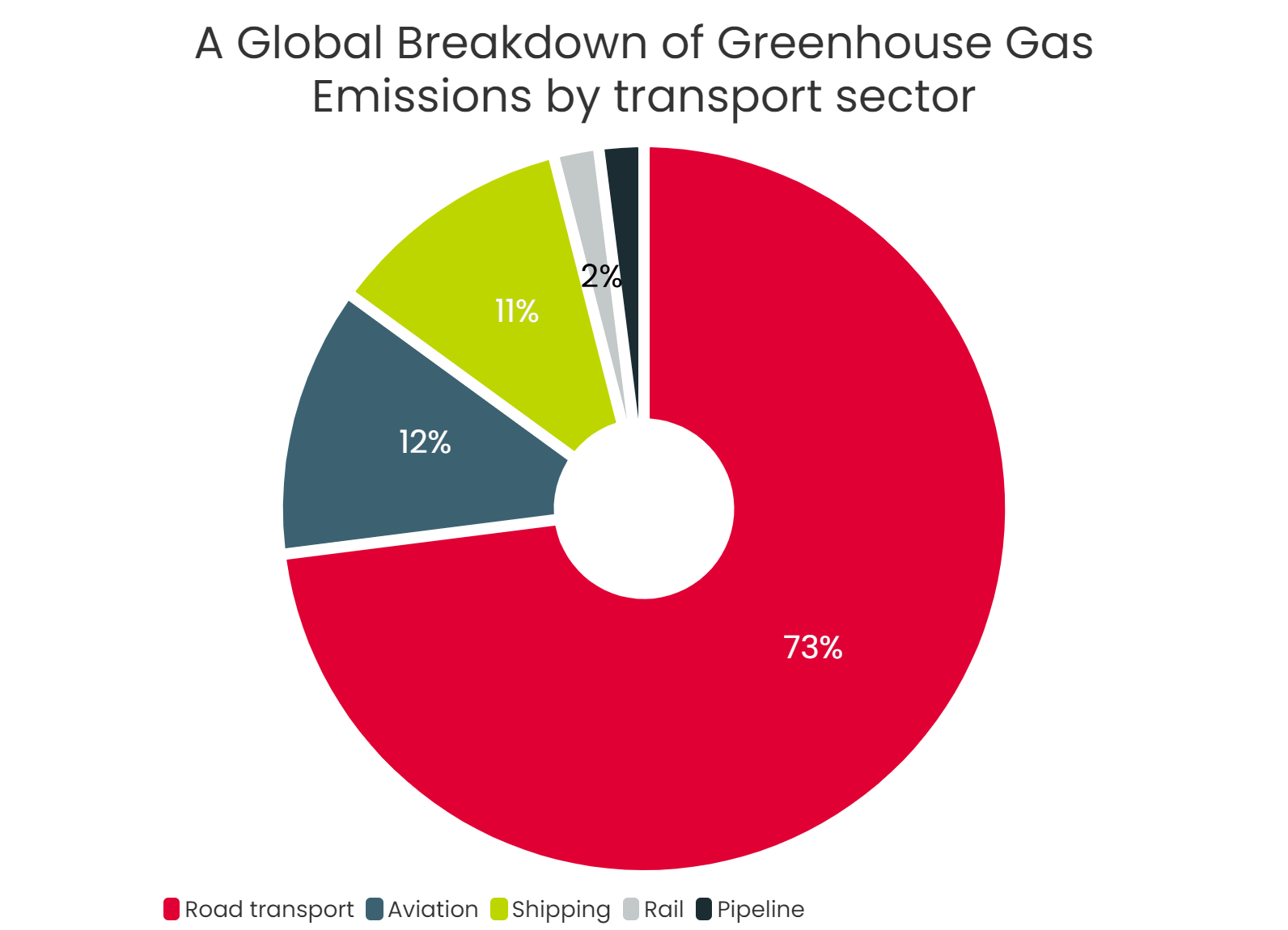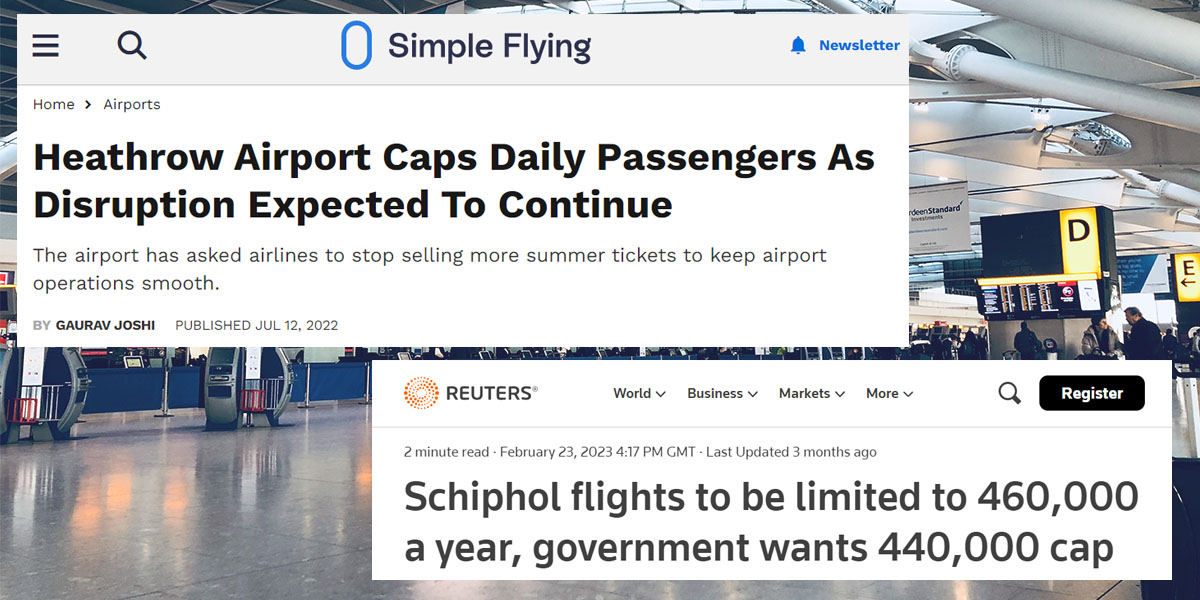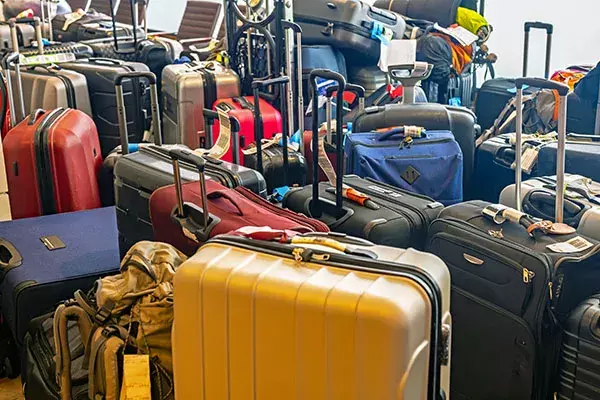17 May 2023 | Blog
Challenges airlines face when acting sustainably and how to overcome them
17 May 2023 | Blog
Challenges airlines face when acting sustainably and how to overcome them
In my previous blog post, I set the scene on the goal of climate action within the sustainability agenda and the expectations airlines must consider in meeting net-zero carbon emissions by 2050. Today, my focus is on the key challenges airlines are facing to realistically meet this goal – and how they can encourage customers to help them.
You can read my last post here - 'Airline disruption caused by the sustainability agenda'.
So, is the airline industry an easy target?
Our meetings have now become more targeted; smarter with clearer outcomes. However, we will never, ever, beat the fact that human connections make the world go round.
We at 15below create processes to allow people to travel as easily and as seamlessly as possible, so as a business we rely on people flying. As consumers, we rely on the airline industry to take us from A to B, to reunite us with friends and family and to generate business opportunities. However, the airline industry is highly visible and an easy target; despite its major leaps in technology from the 1950s.

Source: Visual Capitalist
It is ironic that road transport is accountable for 11.9% of global greenhouse gas emissions vs. 1.9% from the aviation industry, but does not attract as much scrutiny. As an industry, we have only recently managed to get consensus on how we should move forward to reach our 2050 targets. This is still an aspiration, and it will require a massive amount of funding and willingness from our governments to achieve scale for new technologies that are needed to make meeting our goals possible.
Are governments funding the wrong things?
We are under multiple threats beyond climate change: Political instability and climate denial have held us back for years. For example, here in Australia we have an abundance of sunshine, yet we are not mass subsidising the installation of solar panels on our rooftops.
The fossil fuel industry continues to be heavily subsidised, yet the pressure to fund new initiatives for sustainable fuels has proven complex. It is disappointing that there is a focus on aviation to make the changes needed, instead of focusing on the source of the problem – fossil fuels.
If we had even 20% of these subsidies targeted towards aviation R&D, we would be able to move faster in establishing the new technologies and processes needed for the transition to sustainable transportation.
The war in Ukraine is exacerbating the need to create sustainable autonomy on fuel supplies as global supply chains are disrupted: Localised aviation fuel production and storage is beginning to look like a possibility as initiatives are funded by multiple entities, including airlines, with the vision to have SAF more accessible initially on trunk routes, e.g., LAX-LHR.
Working towards the same goal
The International Civil Aviation Organisation (ICAO) has set targets for multiple initiatives to drive all members in one direction. These initiatives will rely on the willingness of individual governments and their representatives of course, so it is a long road ahead. The EU is watching the world’s governments and regulatory bodies such as ICAO and IATA to determine a consensus that they can bring to its members to avoid such drastic measures. At the same time, the United States has committed to the production of vast amounts of Sustainable Aviation Fuel (SAF) which will help its economy stay afloat.

Airport capacity caps have been in the news a lot recently
In addition to the pressure of these mandates, we have also seen extreme disruption caused by the surge in post-pandemic travel, where both London Heathrow and Amsterdam Schiphol have previously imposed caps on capacity. This is not currently due to environmental reasons but gives us an idea of what could happen in the future when we are likely to have to deal with similar constraints as environmental sustainability targets need to be met.
Key points of focus for the aviation industry
- Engine manufacturers are currently at a crossroads as they have continued to produce engines that burn ‘something’ in order to create propulsion. They have been the biggest champions of revolutionising engines that propel us safely through the air and burn less and less fuel at every evolutionary cycle of technology.
The latest engines are already helping to produce between 15%-20% less fuel burn since the 80’s. This is not always visible since more of us are flying. The next step is to produce a further 15%-25% reduction in emissions. The likes of the new Rolls Royce and Safran/CFM/GE engines will be SAF compatible. However, these technologies will need to quickly adapt their design to the potential Hydrogen Combustion and possibly Hydrogen Electric approaches. - Carbon Offsetting is widely seen as Greenwashing, and we cannot keep doing this for long. Passengers are reluctant to invest in something they do not believe in, and we really need to be prepared for this. Perhaps we need to come to a universal agreement to charge an Environment Tax on a global level and ensure mechanisms are created (e.g., via the IATA accounting standards) to funnel those funds directly to environmental management organisations.
- Without a uniform approach on SAF production, distribution and infrastructure by governments and ICAO/IATA, we will be slow to reach what is needed to support the global use of alternative fuels and sources of energy.
- Airline Alliances could also become pro-active organisations of change; they could collectively use their members’ spending and influencing muscle to work together and fortify their hubs with emerging technology investments and a true transitional plan that will benefit their operations beyond what government bodies are planning. Unfortunately, we see a lot of rivalry between airline members, where revenue generation is a higher priority than collective bargaining.
- Meeting future capacity: the Airbus A380 has returned to service, despite airlines denying the need for it. Could SAF support its economics to the late 2030s? We are seeing demand soar as freedom of movement is re-established. Airbus will move to test the CFM RISE open rotor engine on their A380 testbed; something that Emirates will keep a close eye on along with other smaller, but active A380 operators. How could this scale up towards a new large transport?
Such engine types could propel aircraft manufacturers Airbus/Boeing to launch large passenger aircraft that were too big for some markets. If we do not correspond to the travel demand of 4.3% growth per year and the fact that our existing airport infrastructure cannot be expanded to accommodate more frequencies, we will see inequality rise, where capacity for restrained airports cannot meet demand.
Our airline community can help to encourage passengers to make greener choices through their customer communications. By including information about what changes they can make by producing less waste on board, for example by accepting biodegradable tableware, rather than asking them to carbon offset something they can’t see. This will help passengers to understand the result of their choices in future and, in turn, the airlines to meet their sustainability goals.
In my final blog post on this subject, I’ll be looking further at how airlines can act sustainably in future and encourage passengers to do the same.





